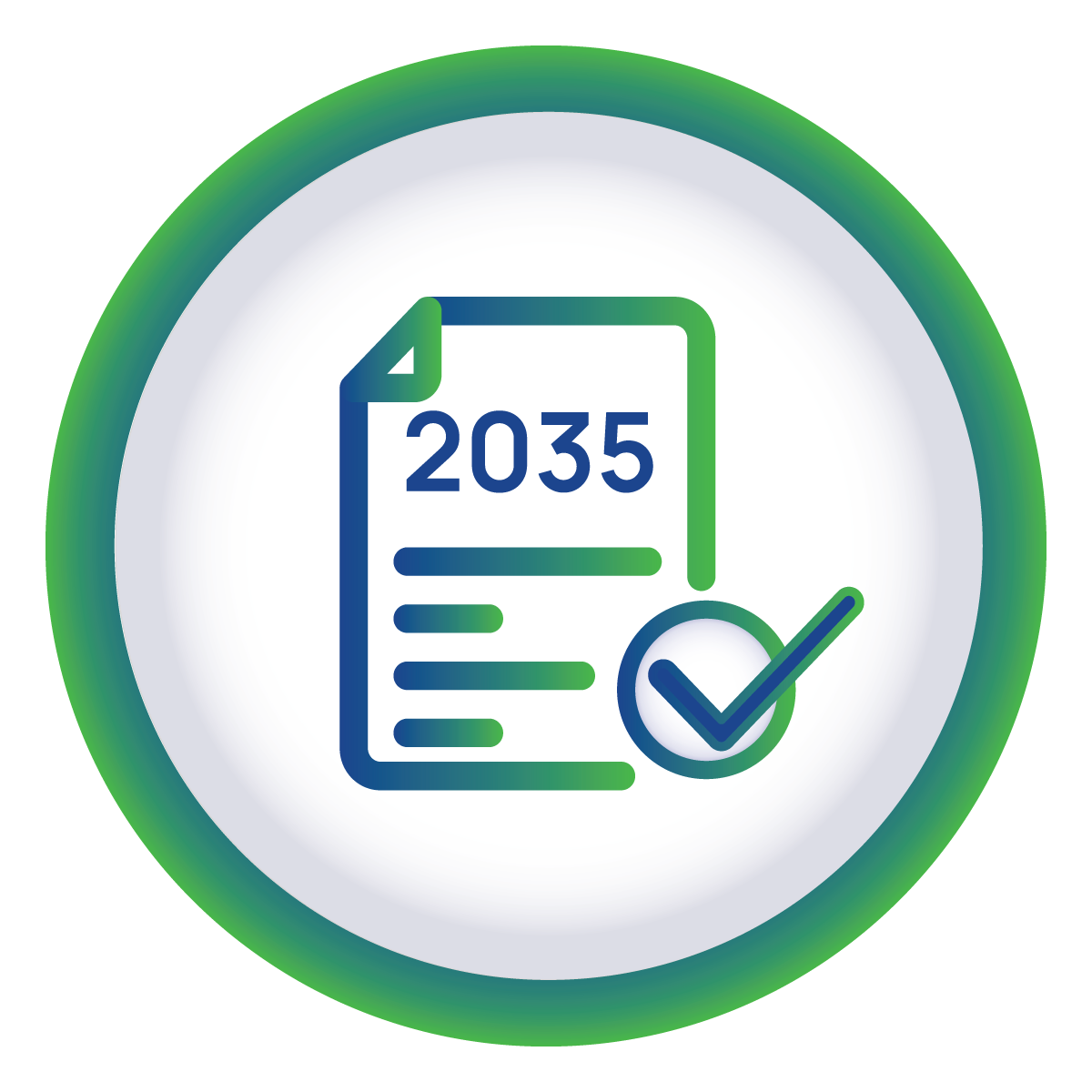
Our Business
Strategic trade-offs impacting our capitals
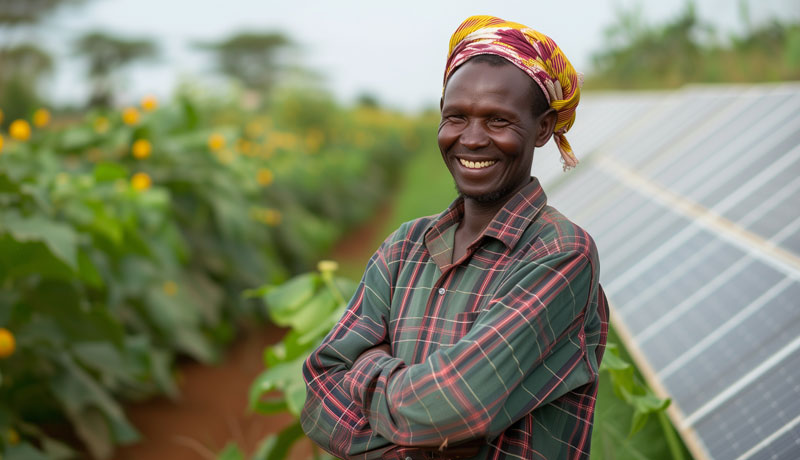
Based on our business model that optimises capital inputs to create sustainable value, we made purposeful trade-offs to support our strategic priorities. These decisions involved reallocating resources and repositioning efforts to ensure that immediate operational impacts were carefully managed, while long-term outcomes such as national development and generational empowerment are maximised.
The trade-offs that we have made during the reporting period and the rationale for our decisions are reflected below.
Trade-offs in our use of Manufactured and Human Capital
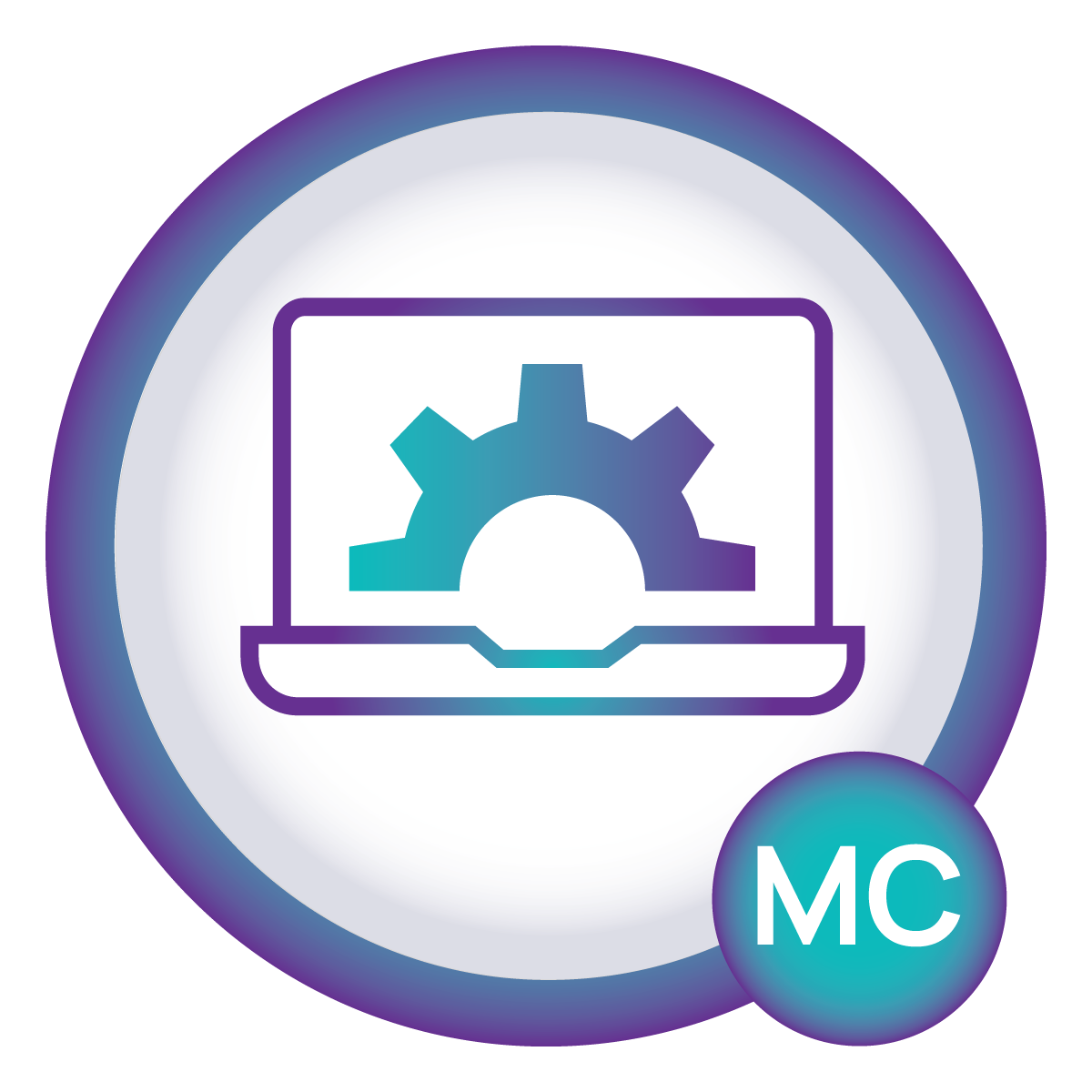
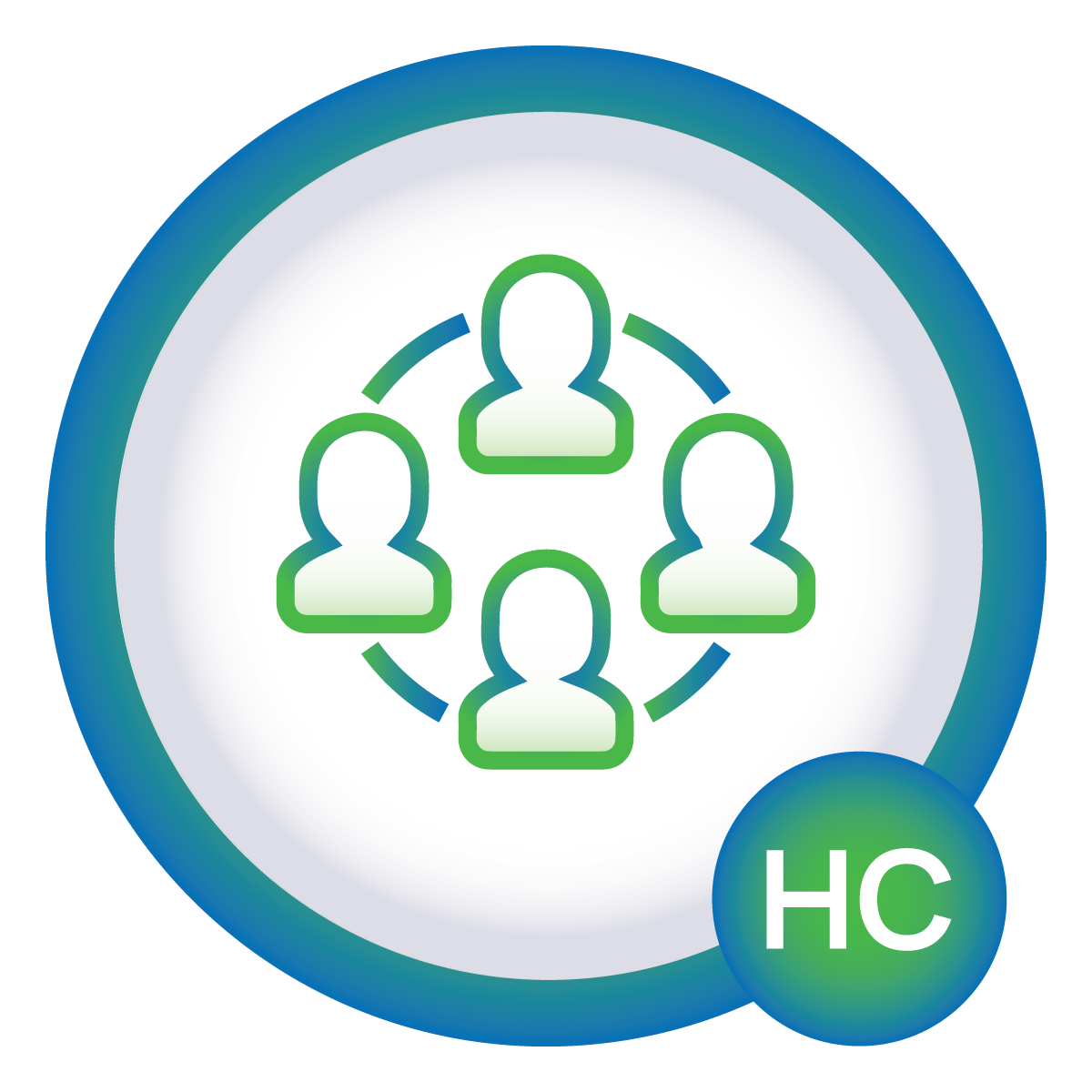
Investing in in-house technology required balancing short-term costs with long-term efficiency and control.
This strategic decision, aligned with new legislation and our Vision 2035 targets, culminated in the successful launch of a voluntary product line. Central to this was the internal development and deployment of the Smartlife platform, a tailored solution designed to enhance product delivery, strengthen customer engagement, and improve operational efficiency.
This innovation was made possible through targeted recruitment and upskilling, representing an upfront investment that has significantly strengthened our internal capacity. The result is faster, more secure digital service delivery, with reduced reliance on external vendors.
Key actions:
- Designed, developed, and launched the Smartlife Management System entirely with internal resources
- A cross-functional project team drawn from nine departments executed the project, with four IT developers leading the coding effort
- The system went live on 20 November 2024, coinciding with the launch of Smartlife, our innovative voluntary savings product aimed at expanding financial inclusion and offering members greater flexibility in retirement savings
- Building on this momentum, the Fund plans to continue developing additional systems internally to support both core and voluntary products
Long-term positive impact
- Reduced reliance on third-party vendors, improving cost control and data security
- Strengthened internal capacity for agile digital innovation
- Enhanced member experience through faster, more personalised services
- Positioning the Fund as a regional digital leader in social security administration
- Advancing progress towards achieving Vision 2035 goals
Short-term negative impact
- High upfront investment in recruitment, training, and capacity building
- Internal change fatigue from managing both legacy and new system transitions in parallel
- Slower time-to-value as new platforms matured through pilots and refinement stages
- Increased staff costs including skills development, offset in part by long-term savings from building the system in-house
Contributed to the following SDGs
- No Poverty: Expanding access to digital financial tools such as Smartlife, which supports financial inclusion and enables more Ugandans to build financial security
- Decent Work and Economic Growth: Through digital job creation, upskilling, and internal talent development
- Industry, Innovation and Infrastructure: By building resilient, locally developed digital systems and infrastructure
- Peace, Justice and Strong Institutions: Via strengthened cybersecurity, governance, and internal controls for digital platforms
SDGs




Risks


Material matters
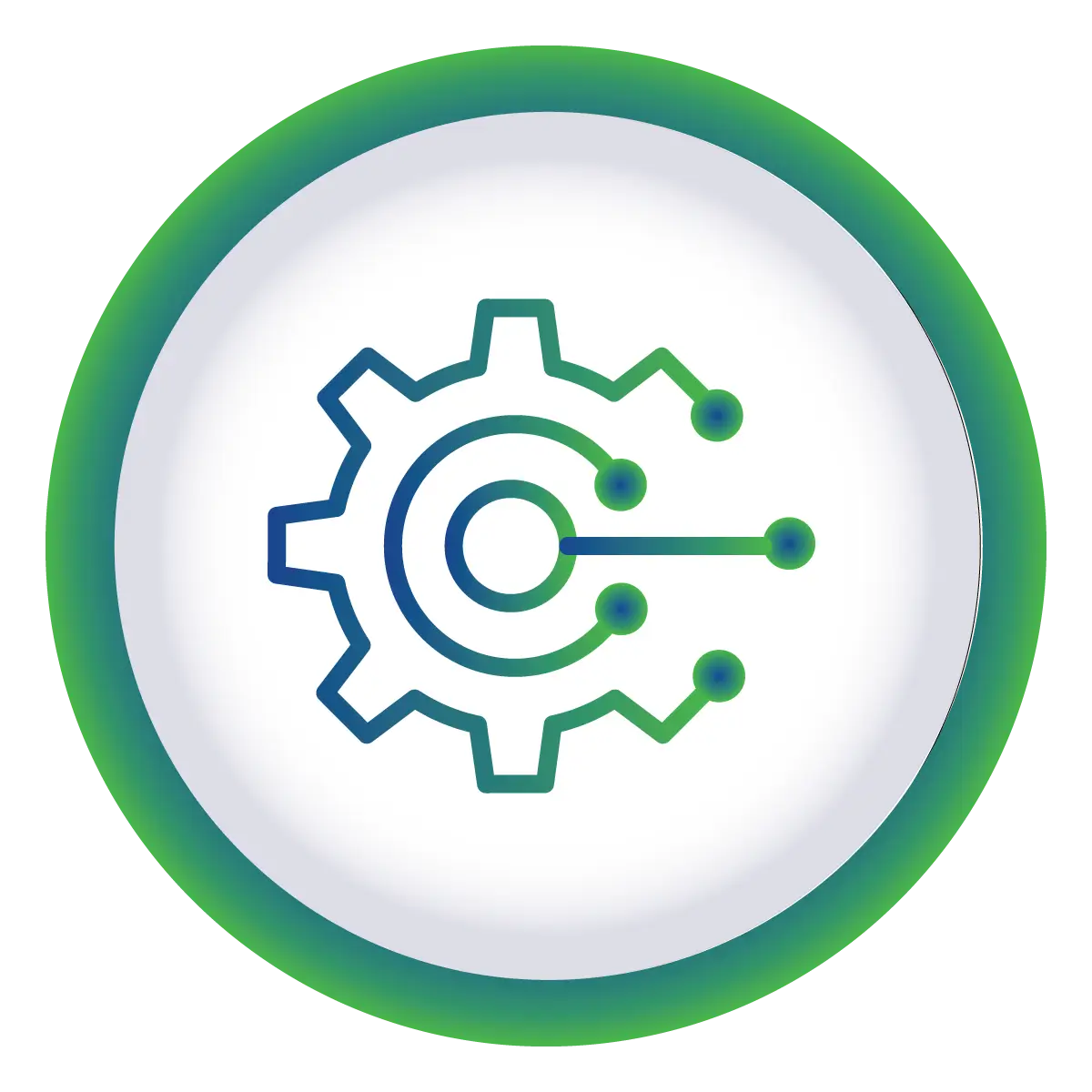
Trade-offs in our use of Human and Intellectual Capital

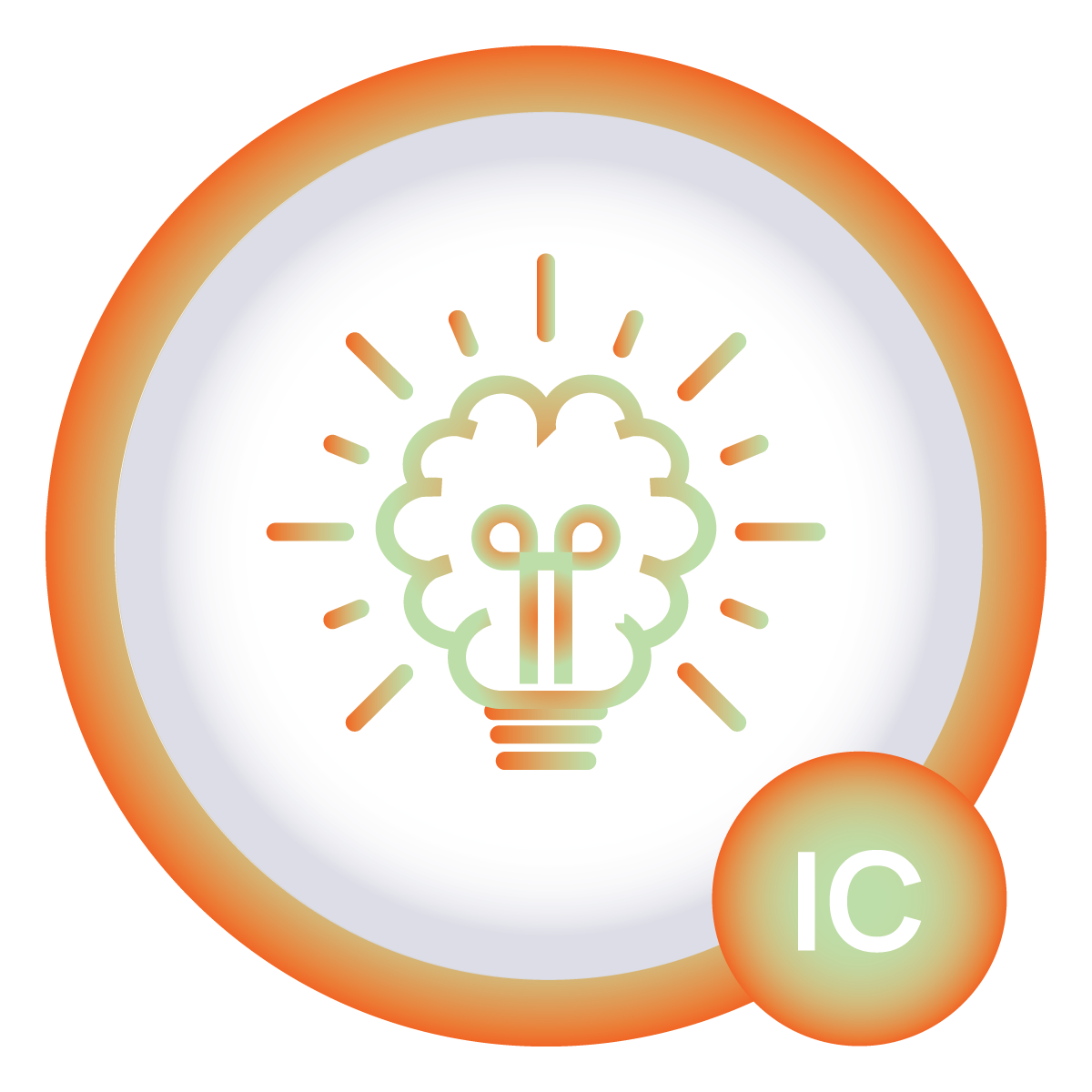
The organisational redesign required trade-offs as we aligned the Fund’s culture and values more closely with our business model.
While the process demanded considerable time and engagement across the organisation, it created the foundation for a stronger, more unified culture. As part of this cultural transformation, we launched the Culture Ignite Project, an initiative designed to redefine and revitalise the Fund’s core values. Through focus groups and active participation at all levels, staff played a leading role in shaping the future of our workplace culture.
Key actions:
- Refreshed organisational values: Collaboration, Integrity, Member Focus, and Creativity, unveiled at the Staff Conference in May 2025
- Ensured these values reflect both who we are today and who we aspire to be tomorrow
- Began embedding the values into daily behaviours, decision-making, and service delivery
This is not just a refresh of values, but a cultural reawakening, ensuring that the way we work consistently reflects our purpose and long-term vision.
Long-term positive impact
- Agile, empowered workforce
- Enhanced ability to attract and retain top talent
- Stronger leadership pipeline and organisational resilience
Short-term negative impact
- Change fatigue or resistance during transition
- Temporary disruption to established team norms
- Investment in culture-building tools, training, and engagement initiatives
- Initial implementation cost of approximately UGX 600 million
Contributed to the following SDGs
- Decent Work and Economic Growth: By creating a positive, empowering work environment that drives productivity and innovation
- Peace, Justice and Strong Institutions: By embedding strong governance, transparency, and an ethical culture
SDGs


Material matters
